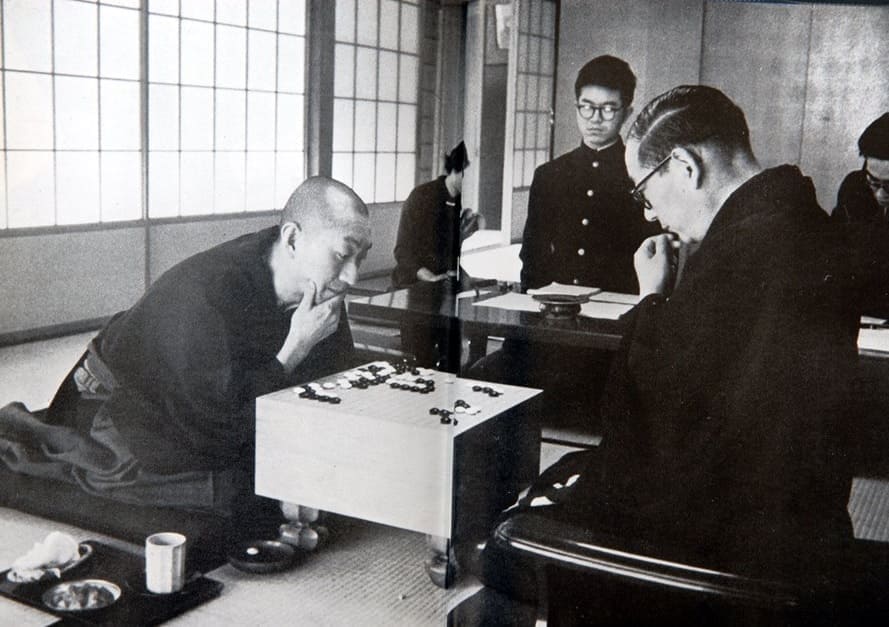Shin Fuseki
"New opening strategy" — a shift in attitude toward Go opening theory that emerged in Japan in 1933
Shin fuseki refers to a radical approach to the opening (fuseki) that emerged in Japanese professional Go during the 1930s. The term combines “shin” (new) and “fuseki”, and marks a departure from traditional corner-focused play. Players began exploring the center and sides more aggressively, experimenting with moves that were previously considered unconventional.
The movement gained momentum through the innovative games of Go Seigen and Kitani Minoru, who employed startling new positions—such as early use of the center point (tengen) and three-star formations. These experiments culminated in the publication of Shin Fuseki-ho (“New Fuseki Method”), a 1934 book that detailed their revolutionary approaches and sparked a wave of influence that reshaped professional Go for decades.

Though not the first to explore these ideas, Kitani and Go became the faces of this revolution, especially after dominating the 1933 autumn Oteai. The movement symbolized a generational clash between classical styles, represented by Honinbo Shusai, and the bold modern approaches of younger professionals. This shift was epitomized in the famous Game of the Century (a legendary match between Go Seigen and Honinbo Shusai), and later in the Meijin Retirement Game (the final game in Honinbo Shusai’s career, facing New Fuseki’s main creator Kitani Minoru).